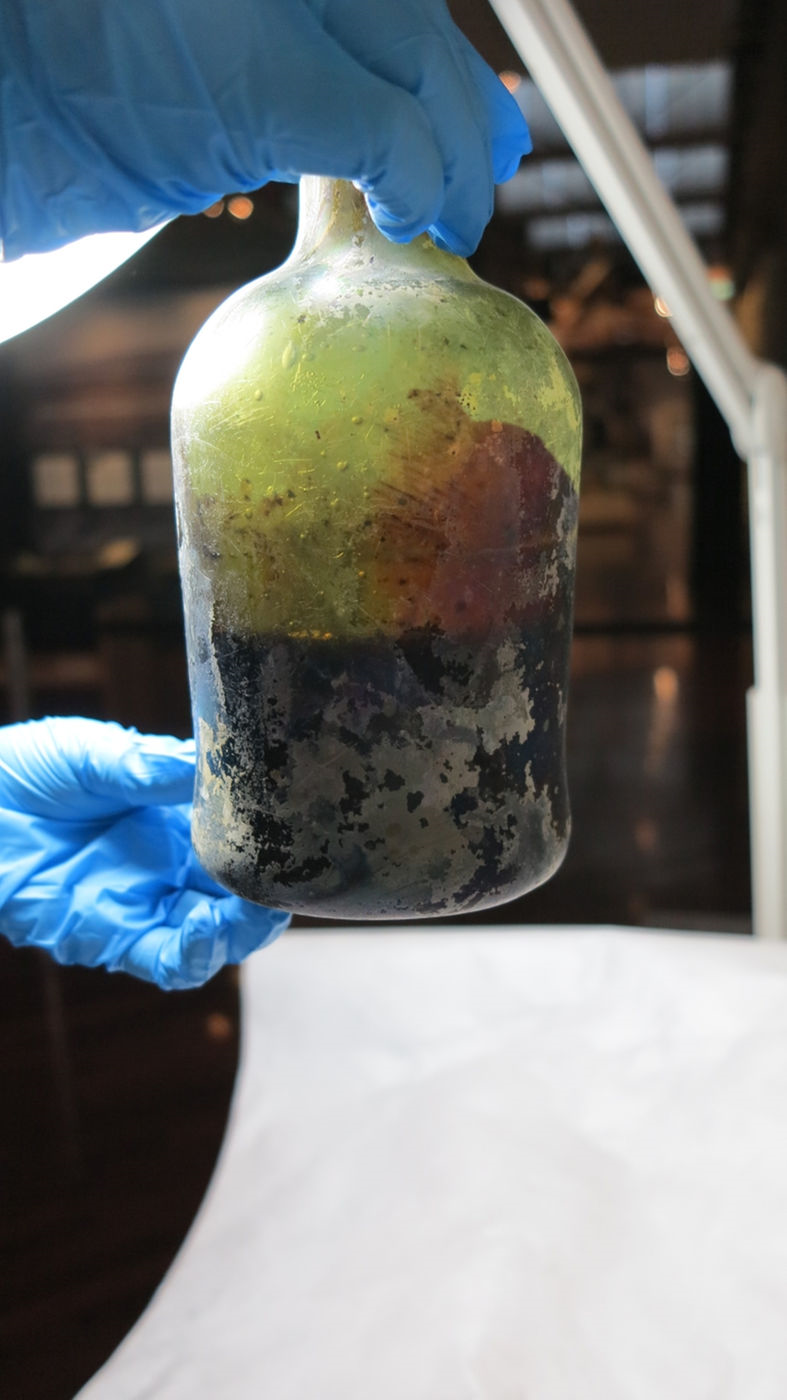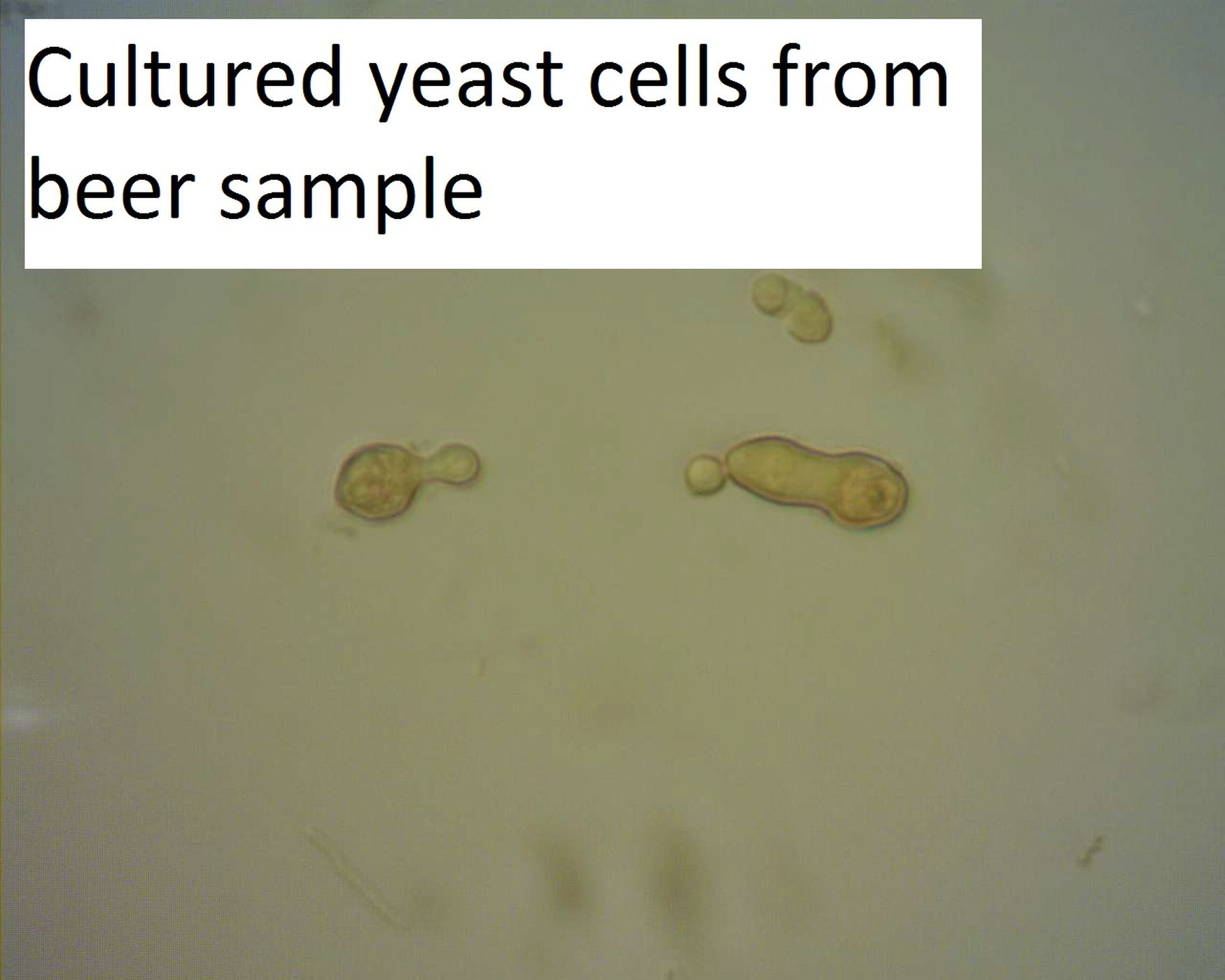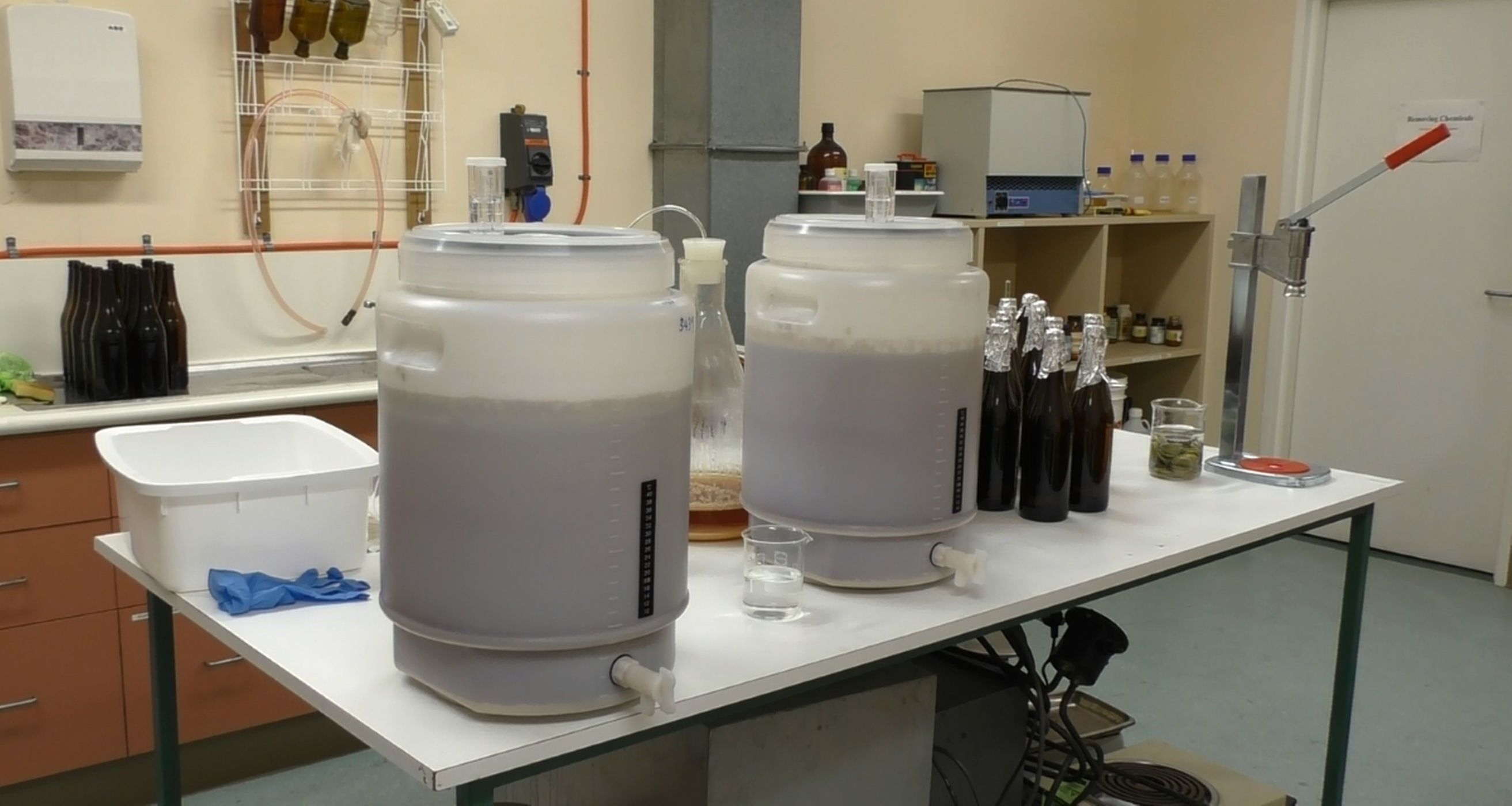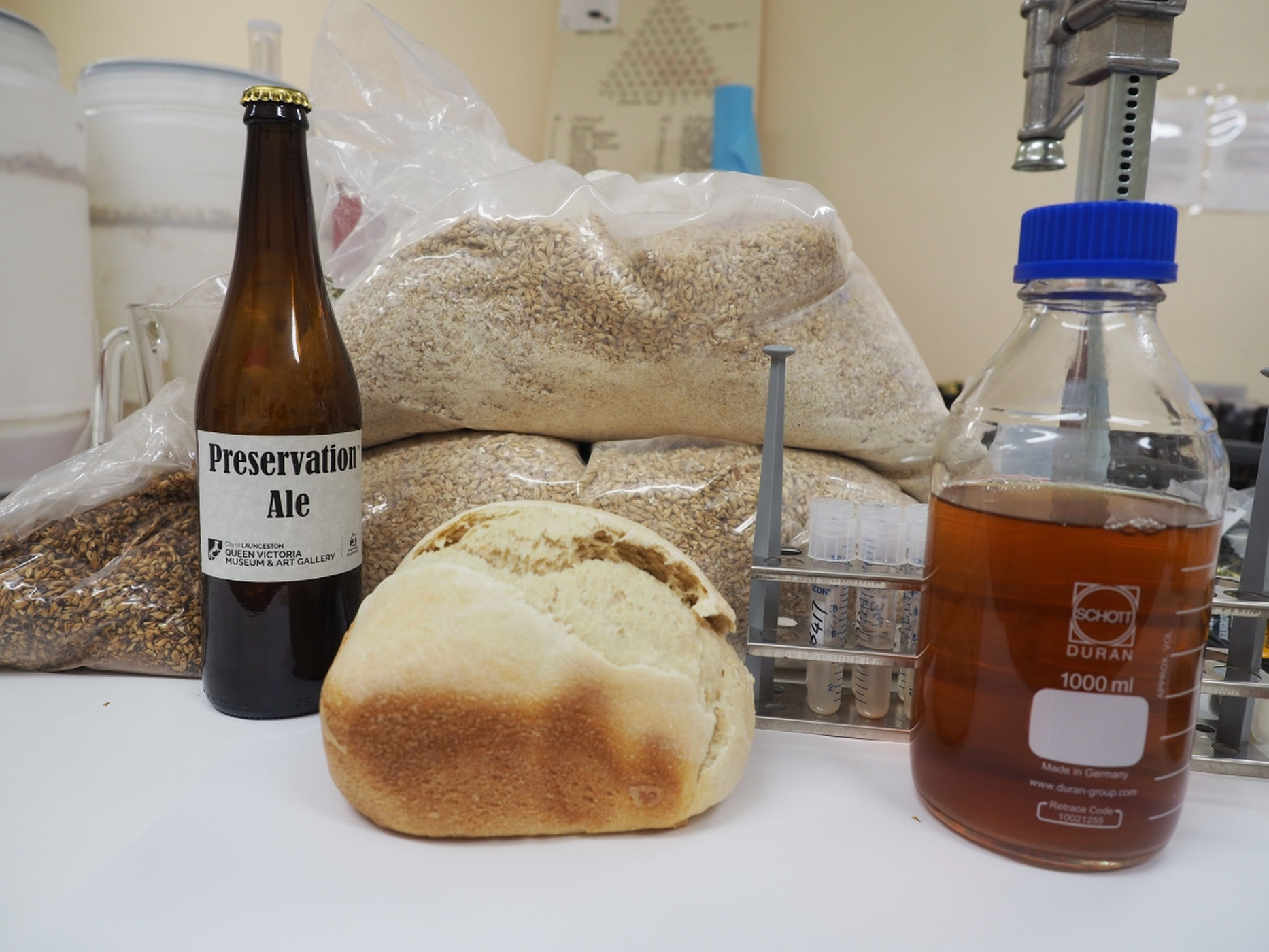Scientists reanimate 220-year-old brewer’s yeast
In February 1797, the British trading ship the Sydney Cove was caught in a storm as it neared the end of its journey from Calcutta to Port Jackson, the prison colony that would later become the city of Sydney, Australia.

In February 1797, the British trading ship the Sydney Cove was caught in a storm as it neared the end of its journey from Calcutta to Port Jackson, the prison colony that would later become the city of Sydney, Australia. The ship sank after running aground on an island that is now named Port Preservation, but the 17 crew members managed to survive the wreck. Sadly, only three crewmen managed to endure the rest of the journey to Port Jackson. The disaster was notable because of resulted in one of Australia’s earliest shipwrecks, and forced the crew to trek through the largely uncharted island Tasmania.

After the remains of the Sydney Cove was found in 1977, it was excavated by marine archeologists during the 1990s who recovered the ship’s cargo including wine, brandy, gin, and a few casks of cheap beer. Most notably, they also found 26 bottles of premium beer probably meant for the British officers serving in the prison colony. Recently, scientists from Australia, Belgium, France, and Germany have taken samples from these bottles to study the microbes inside.
The team is led by David Thurrowgood at the Queen Victoria Museum at Launceston in Tasmania where he works as a conservator and chemist. They hope to study microorganisms that were important participants in the European diet before the Industrial Revolution there and their possible abilities to prevent or mitigate modern autoimmune diseases.

After discovering that microbes were still living in some of the beer bottles, scientists deposited a sample in the Queen Victoria Museum and used another sample to isolate five strains of yeast and several species of bacteria from the ancient beer. DNA analysis revealed that the yeasts are genetically similar to Trappist ale yeast, which was developed by brewers in European monasteries. Armed with this knowledge, and contemporary accounts on how British beer was made in the late 18th century, the scientists used the strongest yeast to brew restoration of the beer as it many have originally existed on the Sydney Cove. They were pleasantly surprised when their brew tasted fresh and cider-like, similar to descriptions of beer from that historical period.

The team also used to restored yeast to bake bread using a common technique from the time. Before people knew about microbes and their participation in fermentation, they often mixed foam from beer to leaven bread dough. Thurrowgood and his team attempted to do this in the lab and successfully created a risen loaf of bread.
The beer, named Preservation Ale has quickly gained a positive reputation in the Australian brewing community. Thurrowgood is pleased to have been approached by several companies
to develop the recipe for wide scale consumption. He hopes to eventually work with the industry to sell Preservation Ale and use the proceeds to fund future research on his project. He also hopes to develop a brewery and museum dedicated to the preservation of artifacts from the Sydney Cove. Before he pursues these ambitions, however, he plans to continue his investigations into these old yeasts. He is particularly keen to sample the wine from the Sydney Cove to see if any yeasts are surviving there.

Sources:
- Metcalfe, T. 2016, November 10. Oldest beer brewed from shipwreck’s 22-year-old yeast microbes. Live Science. Article. [Accessed November 30, 2016].



 Print
Print Email
Email



